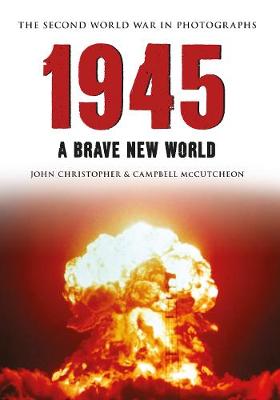1945 was the meeting point of two eras. It marked the end of the Second World War, a conflict ushered in by the lightning strikes of the Blitzkrieg and characterised by the brutalities inflicted by the Nazi regime. It concluded with the dropping of atomic bombs on the Japanese cities of Hiroshima and Nagasaki - events that shaped the course of post-war history.
After six long years of war, the Allies' inexorable push into the heart of Germany brought the conflict in Europe to an end in the spring, but not without incident. The fire-bombing of Dresden in February destroyed a city and killed an estimated 130,000, and the final days of Hitler's Reich saw bitter battles in the streets of Berlin. It was only once the fighting was over that the world became aware of the horrors of the concentration camps and the systematic attempt by the Nazis to wipe out an entire section of the human race. In the Pacific the fighting continued into the summer until the Allies, faced with a prolonged campaign to take each and every island stronghold, dropped the A-bombs on Hiroshima and Nagasaki, bringing the war to a sudden end in August 1945. Yet even before the dust had settled, the victorious nations were carving up the conquered territories to create a new world order in which the Cold War era saw former Allies turned into enemies.
John Christopher and Campbell McCutcheon tell the story of 1945 at war using many rare and often unpublished images, showing the conclusion of the conflict and the dawn of the Cold War.
- ISBN10 1445622157
- ISBN13 9781445622156
- Publish Date 15 June 2015
- Publish Status Active
- Publish Country GB
- Imprint Amberley Publishing
- Format Paperback
- Pages 160
- Language English
